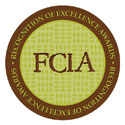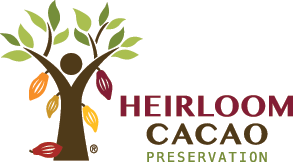/ Chocolate Resources / Chocolate Blog / Liquid Sugars Part 1: Liquid Glucose

Liquid Sugars Part 1: Liquid Glucose

Introduction to Liquid Sugars
So, we’ve played with all kinds of solid sugars in our previous series of posts, now it is time to change our focus to liquids. There are so many kinds of liquid sugars – from the work horses of processed glucose and invert sugar to the delicate flavours of honeys and plant syrups, the options are truly endless.
In this series I am going to focus on functional liquids, and then on just a few of the main liquid sugars that you can use to implement flavour changes in your pieces.
We will be covering:
Liquid Glucose – a clear, colourless syrup derived from corn, wheat, barley, rye or cassava, liquid glucose is used for sweetening and to prevent crystallization.
Invert Sugar – a creamy, white, semi liquid sugar, invert is table sugar that has been partially broken down. It primarily functions to bind free water in ganaches and to help extend shelf life.
Honey – a natural sugar produced by bees, honey is primarily used for adding depth of flavour to a piece, but it is also a natural invert sugar.
Maple Syrup – I’m Canadian, so I have to cover this one, eh? Maple syrup comes from maple trees, and is a gorgeous flavour addition to almost any kind of confectionery.
Liquid Glucose
Liquid glucose, like powdered glucose, has a 'doctoring effect' on your confections. That is, it prevents crystallization of sucrose, keeping the texture of your pieces smooth for longer. The benefit to using liquid glucose over solid is that it imparts a longer 'tooth' to your pieces - it adds an elasticity that is not present when you use powdered glucose. The downside to using liquid glucose over solid is that it has a higher water content, so there is less ability for it to manage your shelf life by controlling water content.
I love to use liquid glucose in some ganaches when I want a slightly chewier texture - for example, in this recipe for a caramel ganache - it is based on burnt sugar and cream, but the addition of glucose really gives the consumer a caramel sensation.
Caramel Milk Chocolate Ganache
Adapted from Peter Greweling's book Chocolates & Confections
Frame: standard 336 mm X 336 mm X 8 mm
Ingredients:
- Liquid Tempered Milk Chocolate: 1200g
- Cream: 480g
- Butter 45g
- Glucose Syrup: 120g
- Sugar: 120g
- Brandy: 45g
Method:
Heat the cream to scalding. In the meantime, wet the sugar slightly and cook it to a deep amber colour. Deglaze carefully with the hot cream. ATTENTION: this deglazing can be very dangerous! Pour the cream slowly and wear protective heat proof gloves.
Stir in the liquid glucose and allow the mixture to cool to 40 degrees Celsius.
Pour liquid tempered chocolate into a food processor, and then pour the warm cream mixture over it and blend until emulsified.
Pour into a frame and allow to crystallize over night.
Cut and enrobe the next day. ENJOY!
To read the other posts in this series click on our Bean2Bonbon Blog overview page.
Want to learn more about making delicious chocolates and confections? Check out our Professional Chocolatier Program!
Get reminders about upcoming classes! To receive program updates and news, click the link below.
Photography by Jessica Washburn, Bliss Chocolatier and Ecole Chocolat





